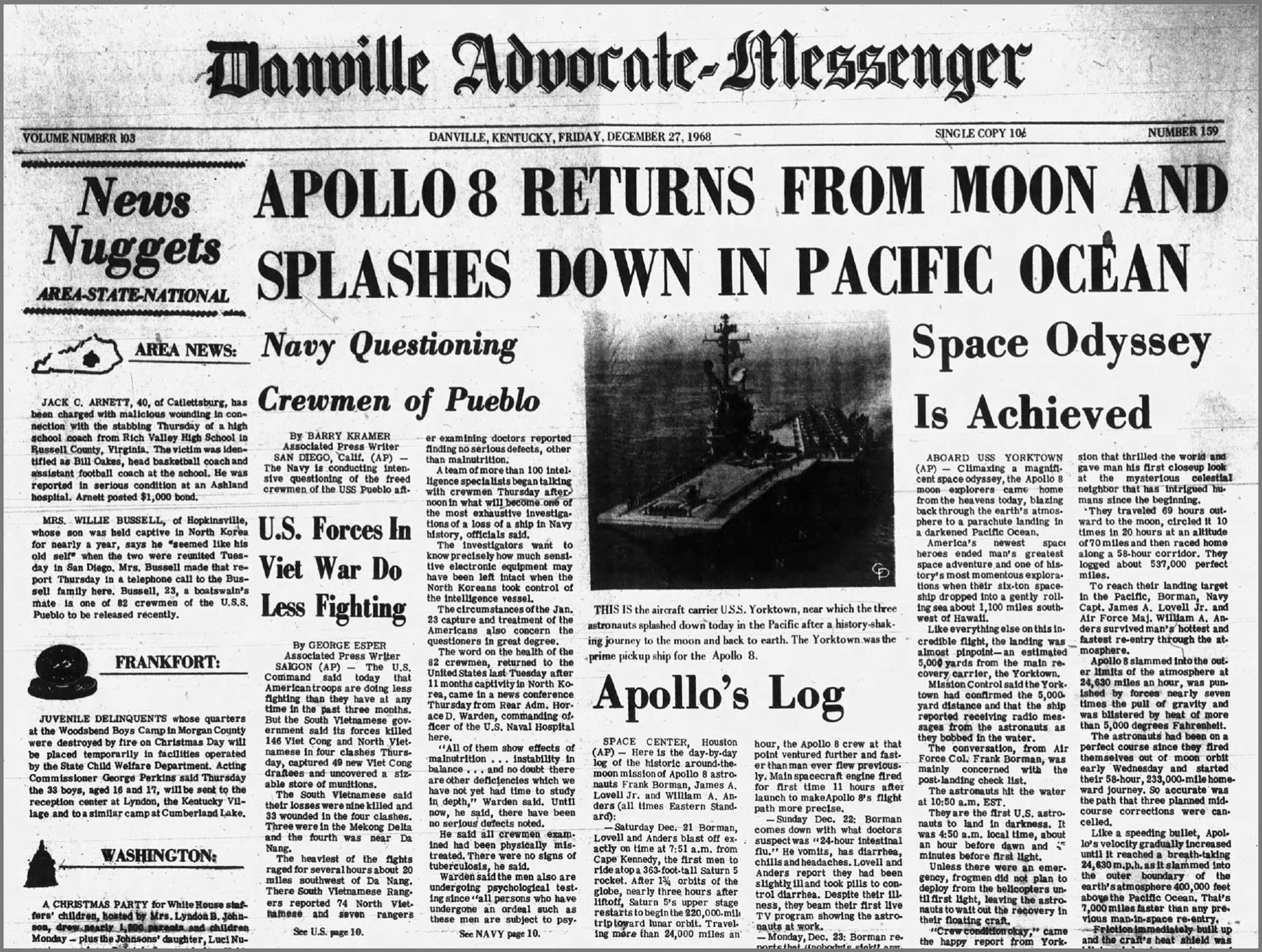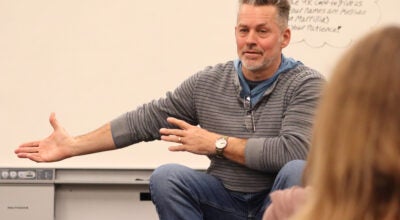Coffee with Mimi
Published 1:53 pm Friday, August 28, 2020
Language evolves; words reflect the place and time
By MIMI BECKER
When I was teaching, we had a unit of study titled, “Those Greeks Again.” A short description prepared the students for an adventure through a brief history of the ancient civilization and a look at the culture. We identified many connections to our modern world.
Following a session on architecture, for example, students were assigned a seek and find for three of the most common Greek column styles visible when traveling to and from home, school, sporting events, shopping, etc. For some, a trip from the front door to the kitchen would yield results.
Remembering back to a popular 2002 film, vocabulary lessons would include common words derived from the Greek. The proud Greek father in the film could trace nearly every modern word back to the ancient Greeks. While some parsings were suspect and a source of comic relief, with eye-rolling and groaning among the family, many efforts were quite accurate when detailed in context.
The origin of words has always intrigued me. Did the Greeks give us the root of all our language? Sorry, but not exactly.
Words are used today in ways not intended, or imagined, in years gone by. In my research I found that virtually every word in use is derived from one of three language families, so to speak.
The one to which we owe our roots is Indo-European. It is apparently the parent of the largest number of languages in use today. According to my source, the mother of all languages was born in Africa among early folks who then traveled the globe, albeit slowly, carrying that language with them and adapting as circumstances of a region required.
Which brings me to my point: language usage is ever evolving and often reflects the place and time in which it has landed and the persons manipulating it.
I have three words to pose for your consideration. They have piqued my curiosity. Two of the words seem to be illogically combined though used lately in just about every other sentence of a conversation, news report, and piece of written material. The third illustrates my argument. I decided to study the matter further.
We can’t go anywhere, do anything, or plan anything without considering if the location and activity will permit social distancing. There are two of the words; “social” and “distancing.”
I am not a linguist, but here is what I have learned about these two words. Both are members of the Indo-European family tree. Not an exclusive lineage, but useful to us.
Each word trickled down to us through Latin. Before you think the Greeks are not in the picture, let me reassure you that the Latin alphabet emerged in a couple of steps from Greek and Phoenician scripts.
I also know that the word “social,” as I have used it all my life, has everything to do with needing to be with people. Furthermore, being “social” infers that the need is satisfied in and by community interaction. “Social” is often used to describe a community gathering. We have ice cream socials and pot luck socials.
And then there is “distancing.” I know that one, too. Drop the “ing” and you know there is space between the whatevers under discussion. What is the distance from home to work? There is distance between this and that. Add the “ing” and the word now means to actively put some space between this whatever and that whatever.
An example of usage in one dictionary referred to “making someone far off or remote in position…” Now, it is personal and intentional.
The practice of “social distancing” is not new in the historical sense. There are Biblical references to isolating lepers. The Byzantines imposed a quarantine in the 6th Century and St. Louis enacted limits on public gatherings during the 1918 flu epidemic.
However, the definitive and widespread use of the specific phrase is a new phenomenon. We are advised to consider “social distancing” criteria when assessing the viability of any activity and every location. We all know what it means.
Group leaders and planners go to great lengths to calculate the square footage necessary to gather safely under the guidelines.
Earlier this week, I was in a meeting of 10 people in a huge room. The work space was chosen because we could seat all participants six feet apart at work tables arranged in two rows so we could face each other. There was an unfortunate piece of equipment making a constant noise. The distance from one end of the group to the other was almost 40 feet. By the end of the meeting we were all nearly hoarse from yelling to be heard across the divide, down the rows and over the machinery.
We were appropriately “social distancing.” It may not have been pretty, but we got the job done.
And, finally, the third word: oxymoron. Again, consulting a dictionary – an oxymoron is a figure of speech in which apparently contradictory terms are used together. No explanation necessary here. I, for one, will be grateful when “social” and “distancing” are used in conjunction with the party after a 5K run.





